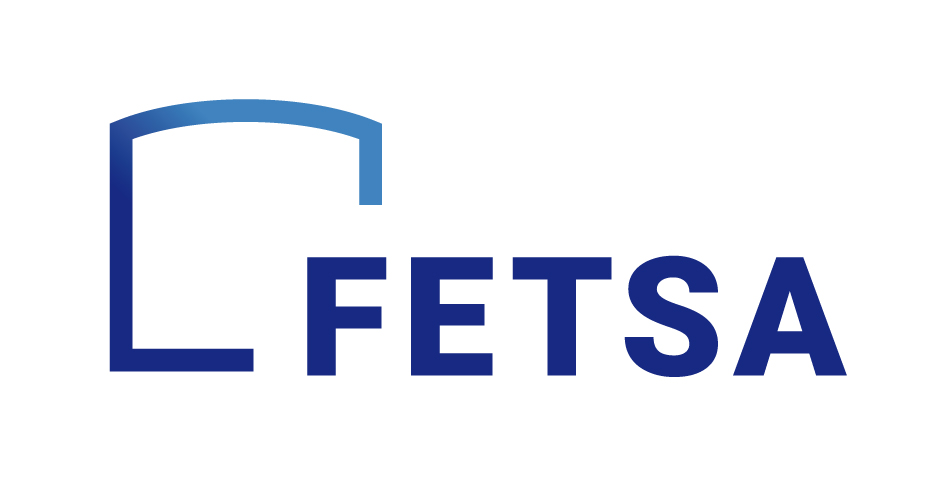March 20, 2025 [Hydrogen Fuel News]- Mote Hydrogen Secures $7M to Advance Carbon-Negative Biomass-to-Hydrogen Technology
Mote Hydrogen, a trailblazer in biomass-to-hydrogen production, has recently raised $7 million in funding, marking the first phase of its Series A round. This infusion is set to accelerate the company’s efforts to deploy its innovative Biomass Carbon Removal and Storage (BiCRS) technology at a commercial scale. With a vision to produce carbon-negative hydrogen, Mote positions itself at the intersection of sustainable energy and climate action.
Revolutionizing Hydrogen with Biomass Carbon Removal
At the heart of Mote’s operations lies its BiCRS process, a sophisticated approach that converts agricultural and forestry waste into hydrogen while capturing and storing the resulting carbon dioxide (CO2). Developed through research at the Lawrence Livermore National Laboratory, BiCRS stands apart by addressing two critical challenges simultaneously.
First, it offers a productive avenue for disposing of wood waste, a significant contributor to wildfire risk in some regions, especially in the western United States. Second, it achieves permanent carbon capture, storing CO2 underground rather than releasing it into the atmosphere. The numbers are impressive: Mote claims its facility will capture up to 450,000 tonnes of CO2 annually while producing 60,000 kilograms of hydrogen per day. If successful, this model could pave the way for sustainable hydrogen production that actively reduces emissions rather than simply avoiding them.
How the $7M Funding Powers Expansion
The $7 million investment will jumpstart construction of Mote’s first commercial-scale facility and bolster its engineering capabilities. Investors include Nella Next, Preston-Werner Ventures, Counteract One, and Seaport Global Securities, among others, all of whom share a vested interest in pushing clean energy solutions.
While this is just the initial stage of a targeted $15 million Series A round, it demonstrates confidence in Mote’s ability to disrupt the hydrogen industry. CEO Joshuah Stolaroff expressed gratitude for the financial backing, noting that the support speaks to the growing demand for carbon-negative energy innovations.
Importantly, this funding is not merely about building infrastructure. It’s also about fostering partnerships with forestry organizations, government agencies like CalFire and the U.S. Forest Service, and other industries aligned with decarbonization efforts. Mote’s strategic collaborations aim to ensure a reliable stream of biomass feedstock while advancing broader climate resilience goals.
Addressing Climate Goals with Carbon-Negative Hydrogen
The move to commercialize BiCRS aligns with the United States’ ambitious climate targets. With the Biden Administration advocating for a hydrogen economy and aiming for net-zero emissions by 2050, companies like Mote play an essential role. Furthermore, hydrogen is increasingly viewed as a critical energy carrier for hard-to-decarbonize sectors, including transportation, heavy industry, and power storage.
Mote’s ability to deliver carbon-negative hydrogen could give it a significant edge in this competitive market. By reducing atmospheric CO2, their methodology offers benefits beyond clean energy production. Carbon removal is critical for achieving the Paris Agreement’s more aspirational 1.5 degrees Celsius target, especially as other mitigation strategies alone may fall short.
The U.S. Department of Energy estimates that up to 1.5 billion dry tonnes of biomass are available annually for energy production, highlighting the vast potential for initiatives like BiCRS. If scaled effectively, Mote has the chance to lead a movement where carbon removal and clean hydrogen are not just possibilities but standard practices.
Overcoming Economic and Policy Hurdles
Despite its promise, Mote faces challenges rooted in economics, logistics, and policy. Hydrogen derived from biomass is still more expensive than more traditional methods like steam methane reforming (SMR). Scaling BiCRS to a point where it’s cost-competitive will require significant technological refinement and infrastructure development.
Policy uncertainty also poses a risk. While current federal incentives like the Inflation Reduction Act provide a supportive climate, long-term success requires stability in U.S. decarbonization policies. Unpredictable shifts in government priorities could leave projects like Mote’s vulnerable.
Logistics is another hurdle. Building carbon capture and hydrogen distribution infrastructure from scratch isn’t cheap or simple. Adding complexity is the question of how biomass feedstock will be sourced, transported, and managed at scale. This underscores the importance of Mote’s partnerships with forestry and agricultural sectors.
Still, Mote’s resilience may be part of its charm. The company emphasizes its goal to remain viable even without heavy reliance on government programs, signaling confidence in its market adaptability.
Potential Impact on the Hydrogen Industry
Mote isn’t just carving out a niche in sustainable energy; it’s attempting to redefine how the industry views carbon-negative solutions. Its technology represents a departure from the traditional “gray” or “blue” hydrogen production methods, pushing the case for green and beyond to carbon-negative.
If successful, Mote’s strategy could inspire other companies to explore innovative ways to combine clean energy production with active carbon sequestration. The implications extend beyond just hydrogen. By integrating waste management, wildfire prevention, and sustainable forestry, Mote offers a new model for multi-dimensional climate innovation.
A Balanced Outlook
The $7M funding is undoubtedly a step forward for Mote Hydrogen, providing crucial momentum as it moves from concept to commercial reality. Its BiCRS technology offers significant opportunities to address pressing environmental concerns while meeting global energy needs. However, obstacles regarding cost, logistics, and policy must be navigated carefully for this potential to translate into widespread impact.
Mote brings ingenuity and ambition to the hydrogen industry, which is no stranger to bold claims. Its success could herald a new era of carbon-negative energy solutions. The world is watching closely, as Mote sets out to prove that hydrogen can not only power the future but help repair the past.
Free Trial: Access 13,300 Tank Terminal and Production Facilities
13,300 tank storage and production facilities as per the date of this article. Click on the button and register to get instant access to actionable tank storage industry data
Hydrogen Fuel News











